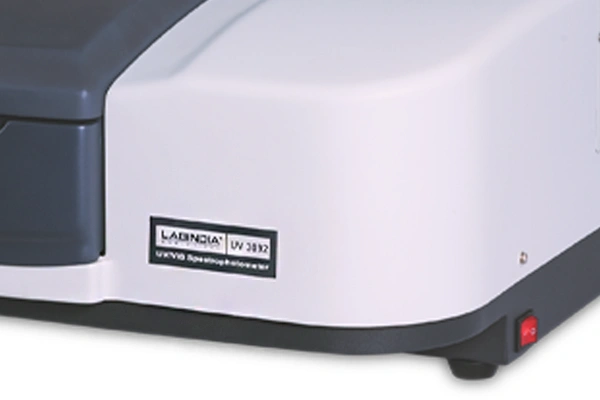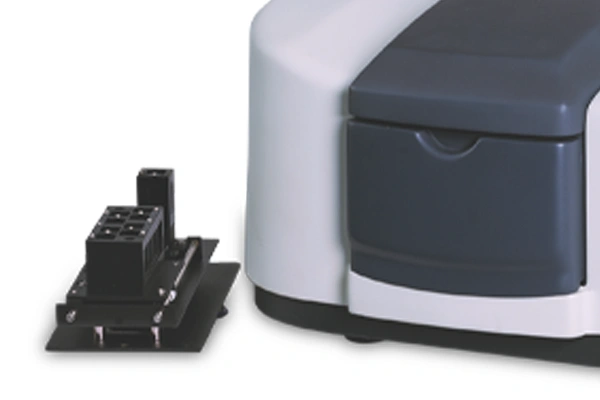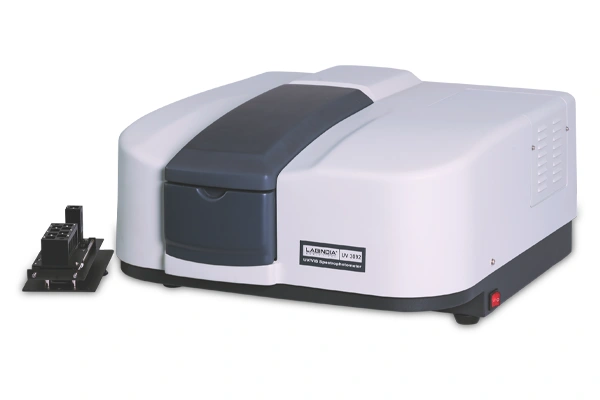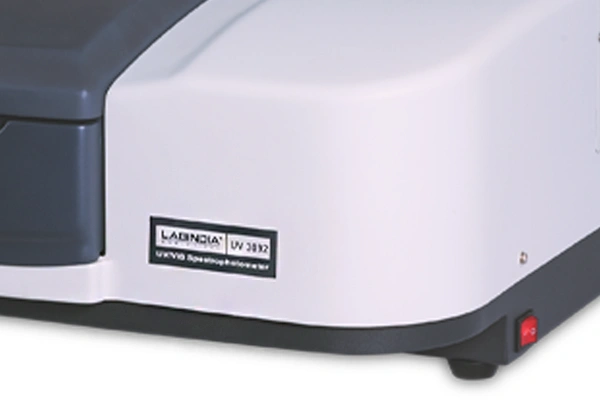UV3092 Spectrophotometer
The UV3092 Spectrophotometer offers precise wavelength resolution with a continuous variable bandwidth from 0.1 to 5nm. Its double beam design and high-quality holographic grating ensure excellent sensitivity for closely spaced wavelengths. The modular sample compartment accommodates various accessories, while user-friendly lamp replacement and the UV-Win software simplify operation and data processing.




UV3092 Spectrophotometer
The UV3092 Spectrophotometer offers precise wavelength resolution with a continuous variable bandwidth from 0.1 to 5nm. Its double beam design and high-quality holographic grating ensure excellent sensitivity for closely spaced wavelengths. The modular sample compartment accommodates various accessories, while user-friendly lamp replacement and the UV-Win software simplify operation and data processing.
PRECISION ENGINEERING


The UV3092 Spectrophotometer is meticulously designed to meet the highest standards of analytical performance. With its innovative continuous variable bandwidth feature, users can achieve unmatched control over wavelength resolution, making it ideal for sensitive applications in various industries.
Key Features
Designed for ease of use, the modular sample compartment accommodates a wide range of optional accessories, enhancing analysis for liquids, powders, and thin films. The user-friendly lamp compartment simplifies routine maintenance, while the integrated UV-Win software enables full control, data acquisition, and processing for seamless operation.
VERSATILE FUNCTIONALITY


